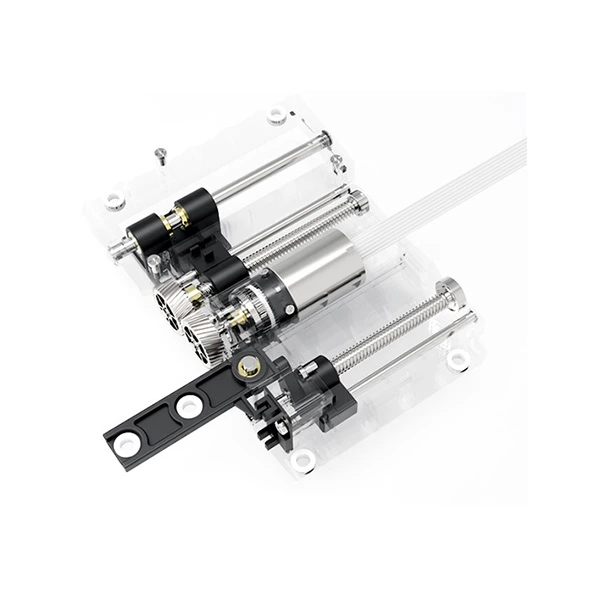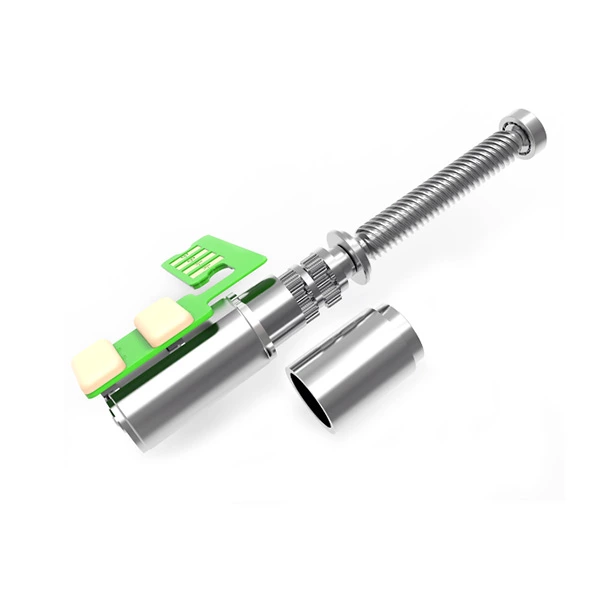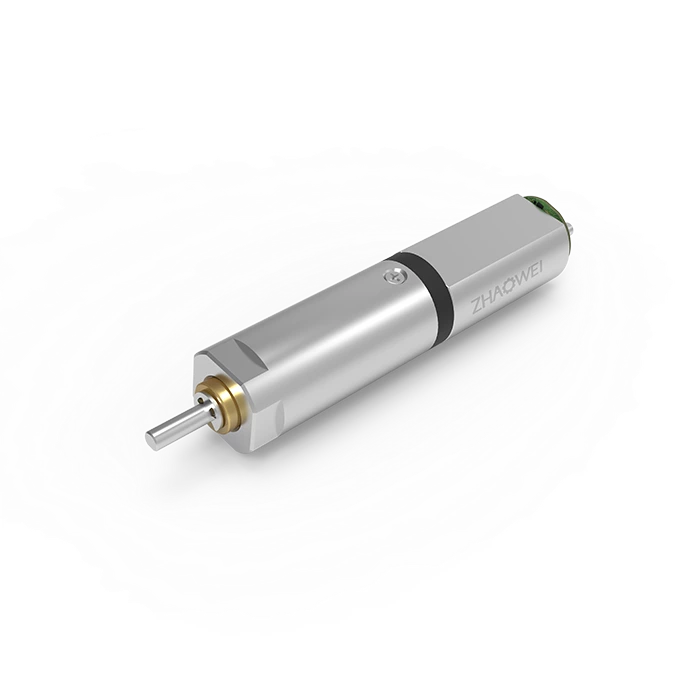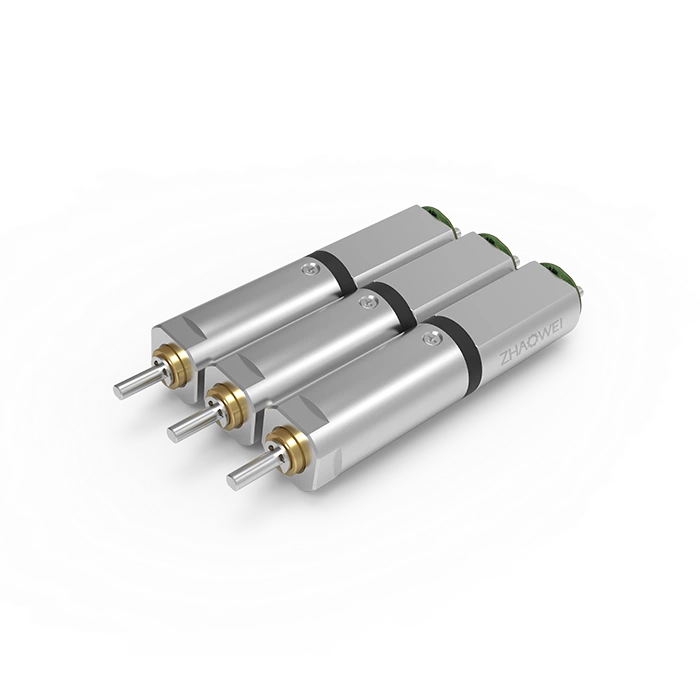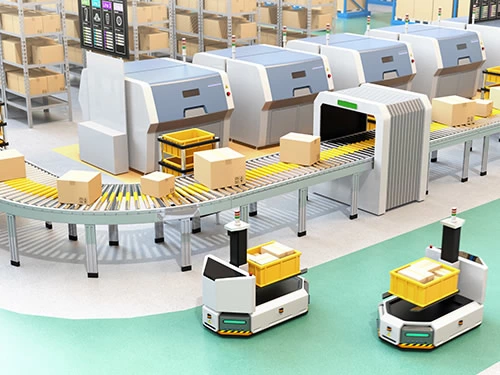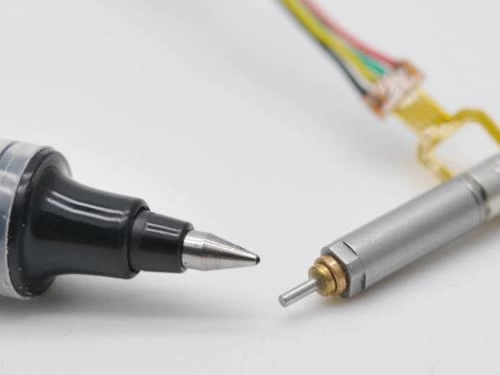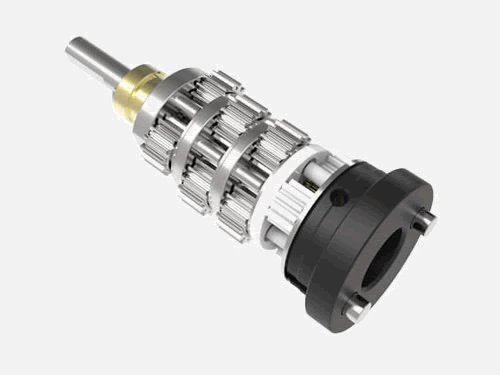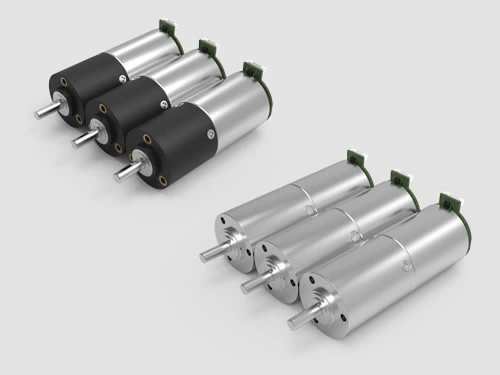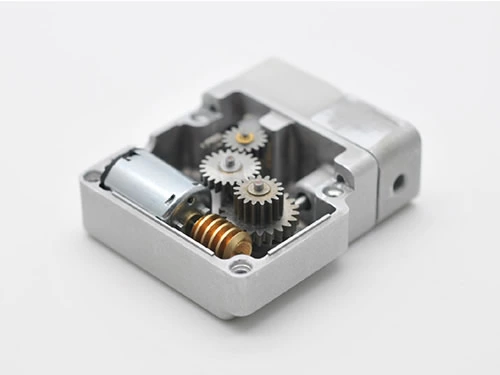What Factors Affect the Noise of the Gearbox?
1. Pressure Angle
To deliver a specific amount of power, F must be constant. If the pressure angle a is increased, the normal force Fn on the tooth surface must be increased, as this will increase the pitch and meshing forces on the actual tooth surface with frictional forces, thereby increasing the vibration and noise levels. Although the error of the gear center distance does not affect the accurate meshing of the involute tooth profile, its variation leads to a periodic change in the working pressure angle.
2. Coincidence
The gear teeth change to varying degrees when transmitting loads. Thus, when entering and disengaging, the engagement impulse in the direction of the engagement line is generated, thereby causing torsional vibration and noise.
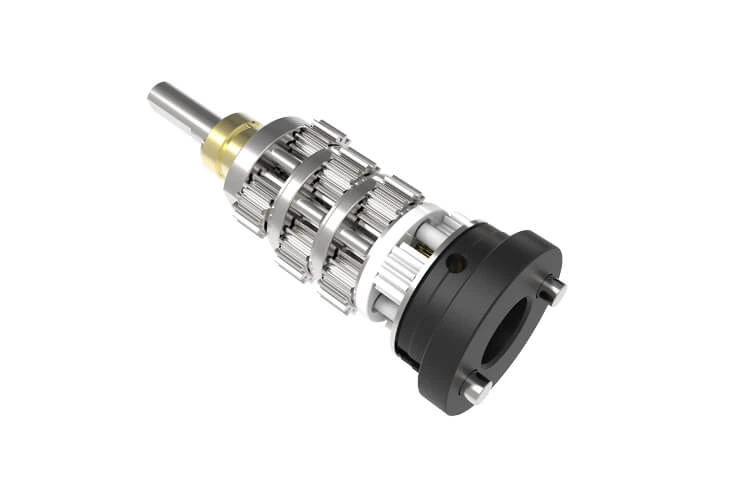
3. Gear Accuracy
Gear noise is markedly affected by gear precision. Therefore, the first step to decreasing gear motor noise is to increase gear precision. For low-accuracy gears, any other noise reduction measures are in vain. Among the single errors, the two affected are the tooth pitch (base or peripheral) and tooth shape.
4. Gear Parameters and Structure Shape
Gear parameters comprise gear diameter, tooth width, and tooth blank structure.
5. Wheel Processing Technology
The wheel machining process methods comprise the gear hobbing process, shaving process, and heat-treatment process; the difference in these processes also affects the gear noise of the gear motor.
6. Tooth Profile Modification
Owing to the deviation of the circumferential teeth and the base joint, as well as the elastic deformation of the gear teeth, when the gear is engaged, the interference of the top blade meshing causes the impact and angular velocity changes. In addition, when the peripheral section or base section of the passive wheel is higher than the nominal value, the top edge meshing occurs at the tooth tip of the passive wheel, which generates vibration and noise. Tooth surface modification modifies the gear teeth into drum-shaped teeth to contact the middle of the tooth width first under load and then gradually expand to the entire tooth width, to improve the load distribution and help decrease vibration and noise.







